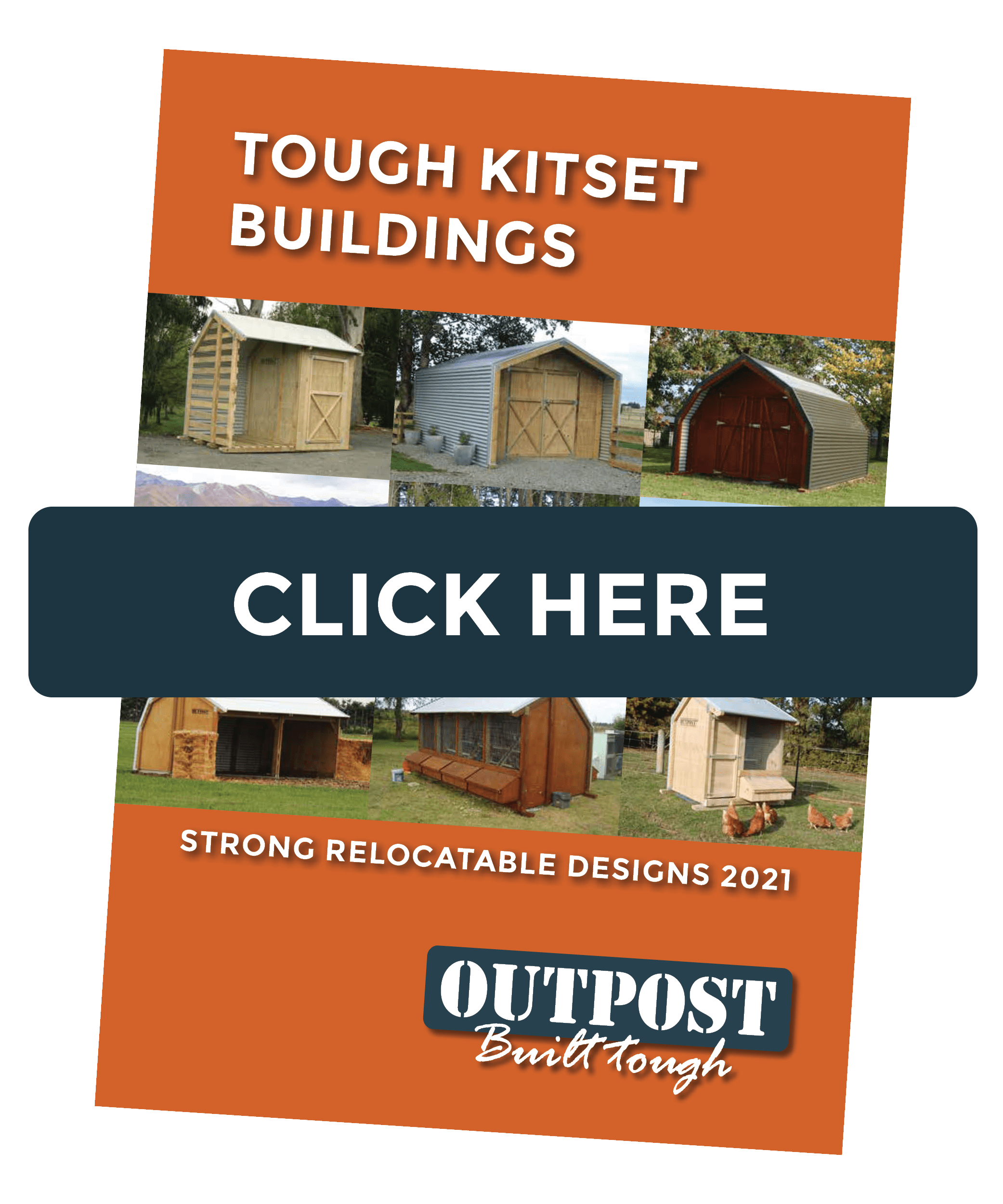1. Soil, Sand or Clay Floor
Leaving the existing soil in place is inexpensive and a healthy option for your horse, but your floors may require daily upkeep to keep them level and the soil may have to be replaced in time.Clay based soils will also need a lot of maintenance in horse stalls. Damp clay can be slippery or sticky and horses can dig holes and hollows depending on where they most often stand, paw or walk around. It's possible to install clay floors, and it's recommended that these be laid over a thick layer of crushed gravel and kept clean and dry.
2. Concrete Flooring
Concrete flooring is very common in stables. It is very durable and easy to clean and is hard to damage. It can be slippery, so while very smooth finished concrete may be attractive and easy to sweep in feed and tack rooms, textured concrete is better for stalls and aisles. If horses are kept in for long periods of time, it will be healthier for their legs if rubber stall mats are laid over the concrete, or at very least, the stall is bedded deeply. It also tends to be very cold and damp, so some horses may be reluctant to lie down in their stalls.
3. Crushed Limestone
Sometimes called limestone dust, this material, if installed properly, can be a comfortable, safe stall flooring. It must be well packed and level when it is put in. The benefit of crushed limestone is that it provides good drainage if properly installed with several inches over a bed of sand. It's also a non-slip surface. However, limestone can pack to an almost concrete-like hardness, which means stall mats and/or deep bedding will be needed to provide comfortable footing for your horse.
4. Gravel or Crusher Dust
Fine gravel or crusher dust can be a comfortable, safe stall flooring. It must be well packed and level when it is put in. The benefit of crushed gravel is that it provides good drainage if properly installed several inches thick. It's also a non-slip surface. However, gravel or Crusher dust is not as easy to clean as concrete. Over time the gravel will compact down which means stall mats and/or deep bedding will be needed to provide comfortable footing for your horse.
5. Rubber Mats
Several types of Rubber mats are available for stalls and stable walkways. Equestrian mats are easier to clean than gravel or natural ground as they can be hosed down or swept. A thick rubber mat provides great cushioning for your horses legs as well as insulation. Rubber mats are best if laid over a nice flat surface that drains well. They are often used on top on concrete and usually come in the form of interlocking tiles that can be cut to fit your stalls or chosen area. Photo courtesy of Flying Horse Ltd.
Check out the options Outpost offer click here
6. Asphalt
Asphalt is a bit easier on a horse's legs than concrete and can be made so it drains relatively well. When first laid, asphalt is non-slip, but may become slicker over time. It needs to be laid thick enough that it does not crack. It's easy to clean, although disinfecting the porous surface may be difficult. Asphalt may be one of the less-expensive options for stall floors and aisles.
We hope that this information helps you to decide what type of flooring to choose for you new stable or horse stalls. Most Outpost Stables are designed to be relocatable so if you ever need to move them to change your flooring you can.





